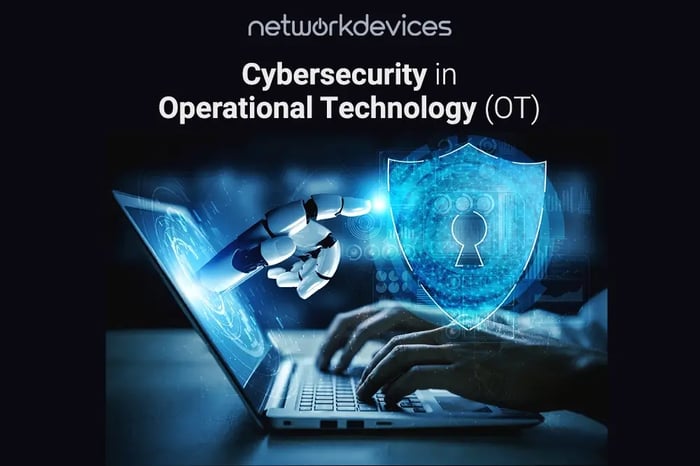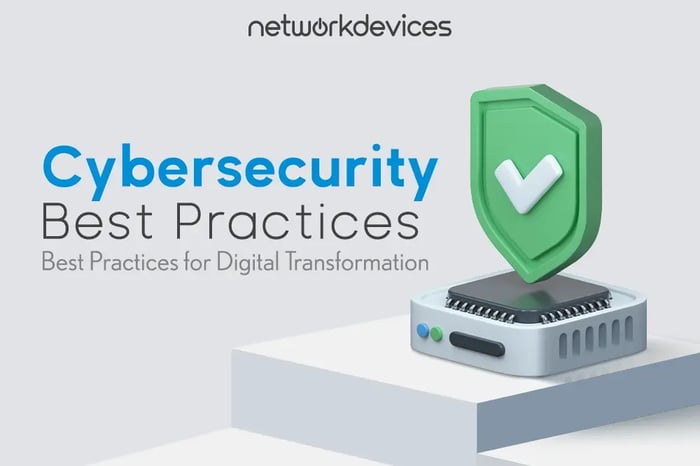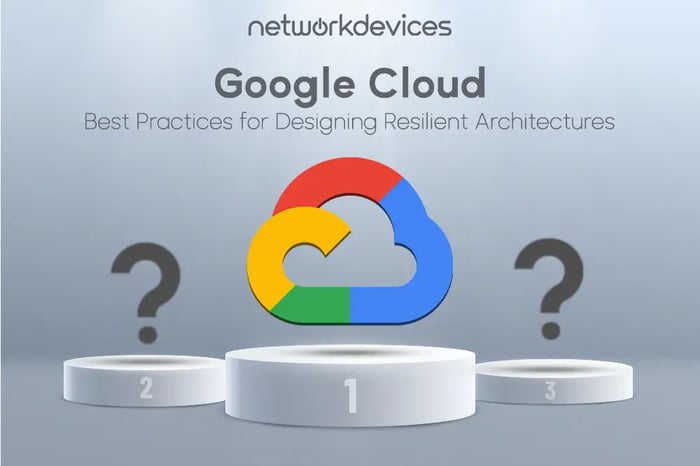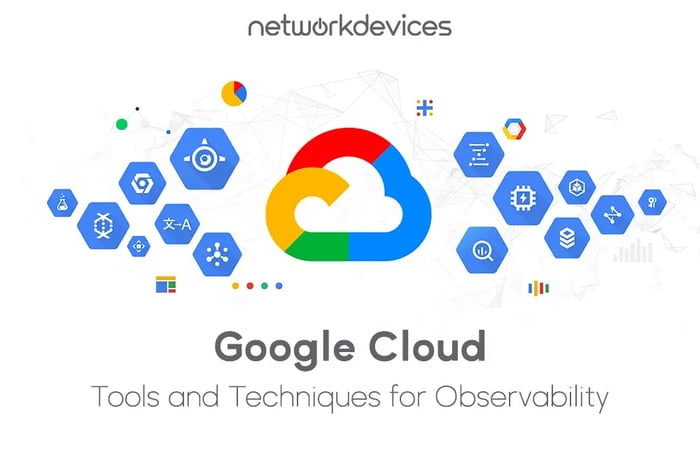You have no items in your shopping cart.

OT Cybersecurity: Protecting Critical Infrastructures
In our connected world, threats are growing quickly, and smart attackers are becoming more advanced than ever. While organizations frequently adopt security measures, solutions, and new technologies in Information Technology (IT), they have lagged behind in Operational Technology (OT).
New threats and hard-to-find attack methods make the OT environment very vulnerable, making it a top target for cyber attackers. Attacks on operational technology can harm economies, disrupt services, affect daily life, and possibly lead to emergencies.
In this discussion, we will explore the applications, importance, challenges, and best practices for ensuring robust OT security.
What is Operational Technology or (OT)?
The term OT stands for Operational Technology, commonly referred to as OT by both IT and non-IT professionals. OT includes essential parts needed for running and watching over critical systems. These systems include Industrial Control Systems (ICS) and SCADA systems. It also covers Internet of Things (IoT) devices and Programmable Logic Controllers (PLCs).
An OT environment comprises a blend of software and hardware solutions vital for maintaining industry operations and ensuring business continuity. Industries that rely on OT environments include manufacturing, oil and gas, transportation, nuclear energy, electricity, and utilities.
What are Operational Technology (OT) Devices?
Below are some examples of OT devices or components that reside in an industry with ICS and SCADA systems.
- Supervisory Control and Data Acquisition System (SCADA)
- Distributed Control Systems (DCS)
- Industrial Internet of Things (IIoT) Devices, also known as Industry 4.0
- Remote Terminal Units (RTUs)
- Programmable Logic Controllers (PLCs)
- Industrial Control Systems (ICS)
- Internet of Things (IoT) devices
- Human-Machine Interfaces (HMIs)
Difference Between IT and OT in Cybersecurity
Understanding the distinction between Information Technology (IT) and Operational Technology (OT) is vital for modern organizations aiming to optimize efficiency and security.
IT is the main technology that helps control and manage important functions. These include email, finance, and sales. It also supports many applications in data centers and the cloud. IT infrastructure facilitates seamless communication, data processing, and storage, ensuring smooth business operations and business continuity.
On the other hand, Operational Technology (OT) is dedicated to the management and security of industrial operations. It is crucial for connecting, monitoring, managing, and securing processes in industries such as manufacturing, mining, oil and gas, utilities, and transportation.
Key Characteristics of IT and OT Systems
IT devices are typically commercial products, easily replaceable, and have a lifecycle of 3-8 years. They run on widely used operating systems such as Linux, Windows, and IOS making them straightforward to maintain and update.
Conversely, OT devices are purpose-built for specific industrial functions, featuring specialized software and proprietary protocols. These devices are designed for longevity, often operating for decades, and are integral to managing critical infrastructure. Unlike IT devices, OT systems need to function 24/7 with minimal downtime, reflecting their crucial role in maintaining operational continuity.
Why are Organizations with (OT) Environments Highly Vulnerable to Cyber Attacks?
OT devices are updated less frequently than their IT counterparts, leading to potential software vulnerabilities. Additionally, OT systems may be located in remote or harsh environments, making access and maintenance more challenging.
External partners or vendors may control them. Any changes, even simple software updates, need a complicated approval process. This is because of the possible effects on industrial processes.
Old Legacy Systems
- OT environments often use outdated hardware and software that lack modern security features, making them susceptible to exploits targeting known vulnerabilities.
Known Vulnerabilities
- Legacy OT systems and their network parts have known security weaknesses. Attackers can easily target these flaws, especially if they are not fixed.
Network Infrastructure Flaws
- Ineffective network design, including poor segmentation and a lack of adequate security controls, creates exploitable loopholes that cybercriminals can leverage to gain broader access.
Flat Network Architecture
- A flat network setup, where all OT devices are on the same network segment, facilitates lateral movement by attackers, allowing them to compromise multiple systems once initial access is gained.
Lack of Software Patches
- OT systems frequently do not receive timely updates or patches, leaving known vulnerabilities unaddressed and increasing susceptibility to attacks.
OT Security Risks and Challenges
The rapidly evolving threat landscape poses significant challenges for OT security teams. Sophisticated threats like malware, ransomware, and phishing are increasingly complex to detect, with cybercriminals adept at hiding malicious software in updates and developing advanced bots that bypass AI-driven security systems.
Delaying OT security investments or relying on slow assessments can leave critical vulnerabilities unaddressed, leading to operational disruptions and financial losses. Even minor OT changes can cause significant issues, prompting businesses to delay upgrades, which increases risks. This has added to the workload of incident response teams, requiring more robust strategies and advanced technologies to manage threats effectively.
Key Statistics on Cybersecurity in the OT Sector:
According to a report Behind The Firewall by the Digital Manufacturing Institute and the National Center for Cybersecurity in Manufacturing, supported by the Department of Defense, have identified an urgent need for the U.S. manufacturing sector to strengthen its cybersecurity posture:
- High Confidence in Cybersecurity: 76% of manufacturers are confident in their ability to prevent cyber risks and respond to cyber-attacks.
- Lack of Comprehensive Security Plans: Only 34% of manufacturers have comprehensive system security plans (SSPs), which are essential for robust cybersecurity and regulatory compliance.
- Dedicated Cybersecurity Leadership: 43% of manufacturers have a dedicated cybersecurity leader, such as a Chief Information Security Officer (CISO) or Director of Cybersecurity.
- Disparity by Organization Size: A significant gap exists based on size: 88% of large manufacturers (500+ employees) have dedicated cybersecurity leaders, compared to just 35% of small- and medium-sized manufacturers (fewer than 500 employees).
- Increased Cybersecurity Spending: 82% of manufacturers plan to increase their cybersecurity budgets in the upcoming cycle, indicating a growing recognition of the importance of cybersecurity investments
10 Best Security Practices for Operational Technology (OT)
Strong collaboration between people, processes, and technology is essential to address the cybersecurity needs of the OT environment. Organizations must stay updated with the latest advancements in OT and adapt accordingly. Implementing the following best security practices is critical.
1. Regular Risk Assessments
Conduct frequent risk assessments to identify vulnerabilities and prioritize remediation efforts. This helps address potential security gaps proactively.
2. Network Segmentation
Implement robust network segmentation to isolate critical OT systems from IT networks and reduce the attack surface. This limits the impact of any potential breaches.
3. Patch Management
Establish a comprehensive patch management strategy to ensure timely updates of all OT systems and components. Regularly applying patches minimizes exposure to known vulnerabilities.
4. Access Control
Enforce strict access control measures, including multi-factor authentication and role-based access controls, to restrict unauthorized access to OT systems.
5. Continuous Monitoring
Implement continuous monitoring solutions to detect and respond to security incidents in real-time. Use advanced threat detection technologies such as intrusion detection systems (IDS) and security information and event management (SIEM) systems.
6. Incident Response Plan
Develop and regularly update an incident response plan tailored to the OT environment. Ensure that all personnel are trained and aware of their roles in the event of a security breach.
7. Vendor Management
Evaluate and monitor third-party vendors and contractors for security compliance. Ensure that they adhere to the organization's security policies and procedures.
8. Security Awareness Training
Provide ongoing security awareness training for all employees, focusing on the unique aspects of OT security. Educate staff on recognizing and responding to potential security threats.
9. Regular Audits
Conduct regular security audits and compliance checks to ensure that security measures are effective and aligned with industry standards and regulations.
10. Secure Configuration
Implement secure configuration guidelines for all OT devices and systems. Review and update these configurations regularly to maintain optimal security levels.
By adopting these best security practices and continuously enhancing OT devices and components, organizations can significantly improve the security posture of their OT environments and mitigate the risks associated with cyber threats.
The Future of OT Cybersecurity
In conclusion, the future of both Operational Technology (OT) and cybersecurity is crucial. As OT environments expand and digital adoption increases, the need for robust cybersecurity measures becomes paramount. Organizations with critical infrastructure must recognize that their security is only as strong as their ability to prevent and respond to cyberattacks.
Essential steps are prioritizing a comprehensive cybersecurity strategy and allocating sufficient resources to address these needs. By doing so, these organizations can enhance their security posture and ensure business growth and continuity in an increasingly digital world.






